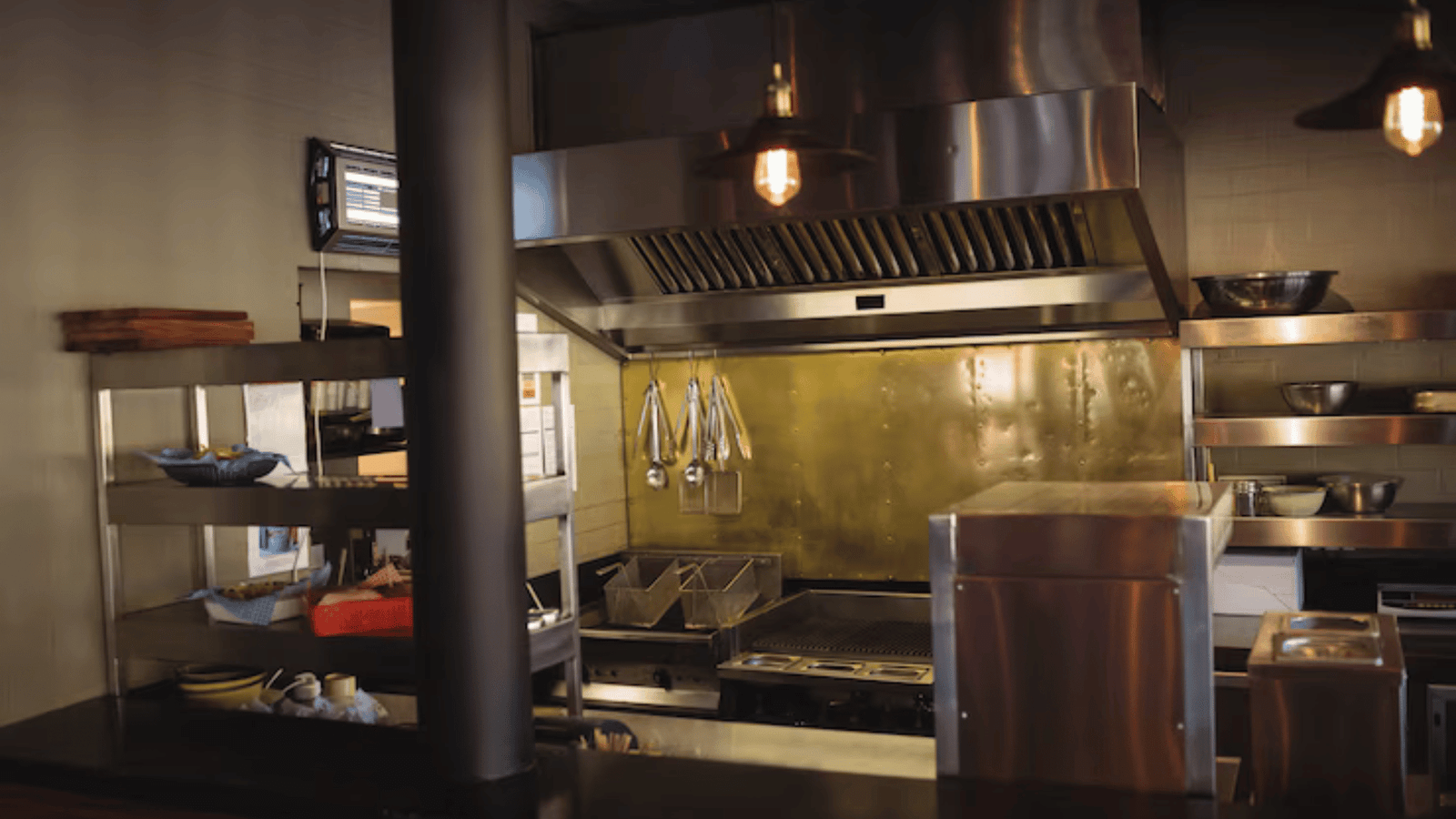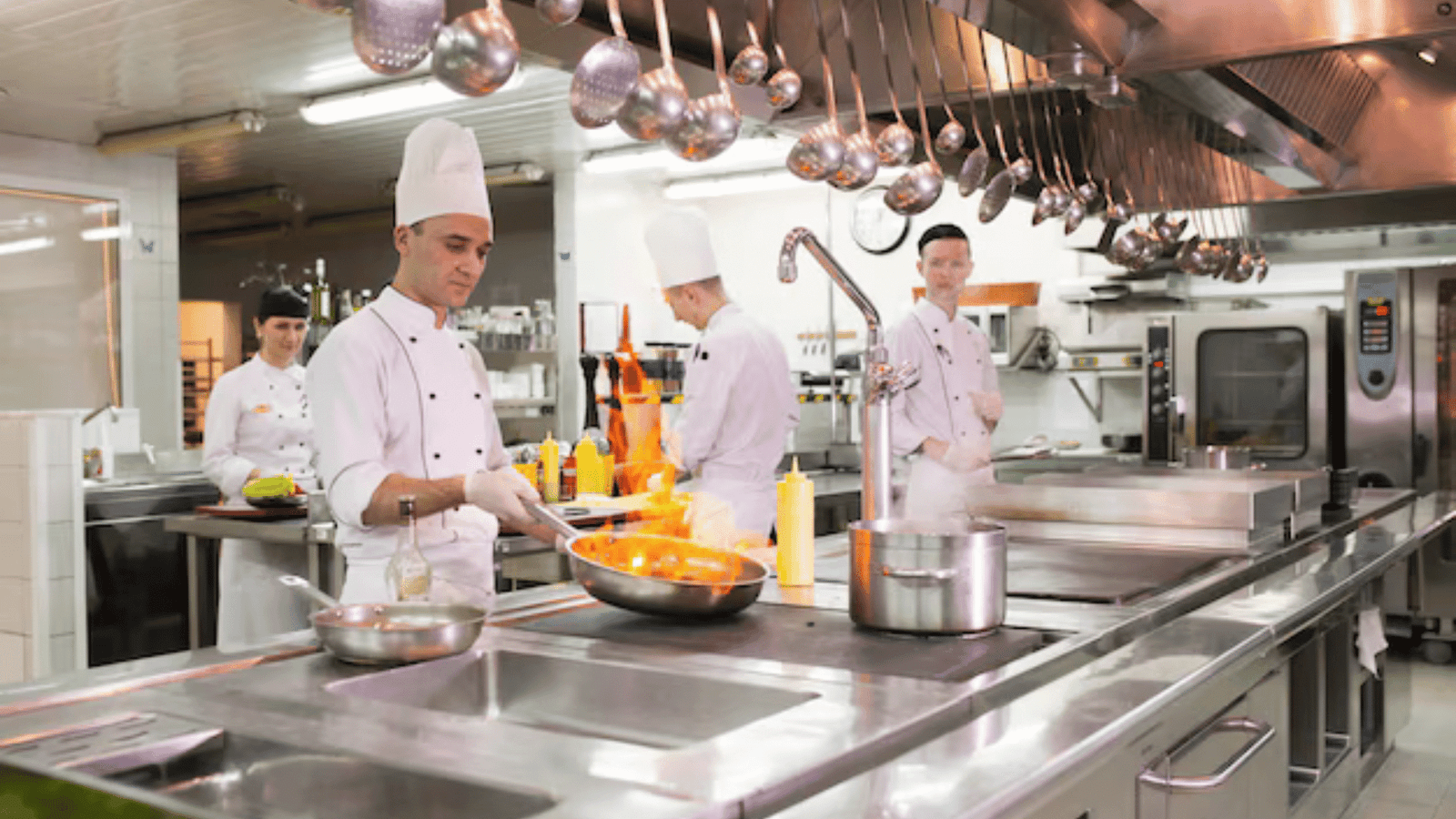Restaurants and cloud kitchens operate in a highly competitive industry where profit margins are thin, and operational costs fluctuate. Using data driven restaurant operations, businesses can optimize efficiency, reduce unnecessary expenses, and increase profitability.
From tracking sales trends to optimizing labor schedules, restaurant analytics provide powerful insights that help reduce waste, improve customer satisfaction, and maximize revenue.
This guide explores practical examples of how data-driven restaurant operations are transforming restaurant and cloud kitchen performance.
1. How Data-Driven Operations Improve Restaurant Performance

1.1 What Are Data-Driven Restaurant Operations?
Data-driven restaurant operations use real-time analytics, AI-powered insights, and predictive modeling to optimize every aspect of the business. These insights help in:
- Reducing food waste and costs
- Optimizing menu pricing and profitability
- Improving staff productivity and scheduling
- Enhancing customer experience and loyalty
Many successful restaurant brands rely on data analytics to improve efficiency and streamline processes.
1.2 Why Restaurants Need Data Analytics
Without analytics, restaurant owners and managers rely on guesswork, which can lead to:
- Over-purchasing inventory, resulting in food waste
- Inefficient staffing schedules that increase labor costs
- Missed opportunities to upsell or adjust menu pricing based on demand
By using restaurant data analytics, businesses can make informed decisions that drive profitability and operational success.
2. Reducing Costs with Restaurant Analytics

2.1 Optimizing Food Costs & Inventory Management
- AI-powered inventory systems track stock levels in real-time, preventing over-ordering.
- Predictive purchasing helps restaurants align inventory with actual demand, reducing waste.
- Automated alerts notify restaurants when stock is running low or nearing expiration.
A fast-casual restaurant in Mumbai reduced food waste by 30 percent by tracking which ingredients were frequently discarded and adjusting order quantities accordingly.
2.2 Reducing Labor Costs with Smart Scheduling
- AI scheduling tools adjust staffing levels based on historical demand data.
- Data-driven scheduling prevents unnecessary labor expenses during slow hours.
- Performance analytics track staff productivity, helping identify top performers and areas for improvement.
A quick-service restaurant chain saved a significant amount in monthly labor costs by aligning employee shifts with peak and off-peak sales data instead of relying on fixed schedules.
2.3 Enhancing Supplier & Vendor Management
- Data analytics compare supplier prices to ensure cost-effective purchasing.
- Historical data identifies fluctuations in ingredient costs, helping restaurants buy at the right time.
A cloud kitchen reduced ingredient costs by 15 percent by switching to a supplier identified through price trend analysis.
3. Increasing Revenue with Smart Menu Engineering

3.1 Using Data to Identify Best-Selling & Low-Profit Items
- Menu performance analysis helps identify top-selling dishes and underperforming items.
- Profit margin analysis ensures that high-margin dishes are prioritized while low-margin items are either removed or restructured.
- Seasonal menu optimization helps adjust offerings based on customer demand.
A cloud kitchen specializing in rice bowls improved its profit margins by 25 percent after analyzing that a higher-priced dish had better demand than its lower-priced counterpart.
3.2 Dynamic Pricing Strategies Based on Demand
- Adjusting menu prices slightly higher during peak hours can increase revenue.
- Offering limited-time discounts during slow periods helps boost sales.
A fast-casual restaurant increased profits by implementing a pricing strategy that adjusted rates slightly during high-demand lunch hours.
3.3 Upselling & Personalized Recommendations Using AI
- AI-driven recommendations suggest add-ons based on customer order patterns.
- Dynamic combo offers encourage customers to purchase meal bundles instead of single items.
A cloud kitchen brand increased add-on purchases significantly after implementing AI-driven recommendations on their online ordering platform.
4. Enhancing Customer Experience with Data Insights

4.1 Predicting Customer Preferences for Personalization
- Order history tracking allows for personalized promotions and offers.
- AI-driven loyalty programs encourage repeat purchases and customer retention.
A dessert-focused cloud kitchen saw a notable increase in repeat orders after introducing AI-based customized offers.
4.2 Using Feedback Analytics to Improve Service
- AI tools scan customer reviews to highlight areas that need improvement.
- Live feedback systems help restaurants address real-time service issues.
A fine-dining restaurant improved its customer ratings significantly by actively responding to negative reviews and adjusting service strategies accordingly.
Read Also :- A Complete Guide to Cloud Kitchen Setup & Optimization in India
Increasing Your Cloud Kitchen Profits by Reducing Delivery App Commissions
5. How Cloud Kitchens Are Leveraging Data for Scalability
Cloud kitchens rely entirely on online orders, making data analytics critical for growth.
- Location-based demand analysis helps identify high-potential delivery zones before setting up new kitchens.
- Peak ordering time analysis allows staff scheduling adjustments based on data trends.
- Multi-brand strategies enable cloud kitchens to operate multiple virtual brands under the same infrastructure, maximizing revenue.
A cloud kitchen expanded its operations successfully by launching an additional virtual brand based on late-night ordering trends, increasing revenue significantly.
6. Tools & Technologies for Data-Driven Restaurant Operations

- POS Systems (e.g., Toast, Square, Lightspeed) – Track sales, inventory, and labor costs.
- AI-Based Scheduling (e.g., 7shifts, Homebase) – Optimize staff allocation based on demand.
- Menu Optimization Tools (e.g., MarketMan, WISK) – Analyze menu profitability and performance.
- Customer Analytics Platforms (e.g., Zenreach, Thanx) – Improve loyalty programs and targeted marketing.
- Cloud-Based Inventory Management (e.g., BlueCart, PeachWorks) – Track inventory levels and reduce waste.
By integrating these tools, restaurants can make more data-driven decisions, leading to long-term cost savings and revenue growth.
Read Also : Affordable Marketing Strategies for New Restaurants
Why Food Franchises Are Better Than Independent Restaurants
Conclusion
Data-driven restaurant operations transform decision-making by helping restaurants and cloud kitchens optimize costs, improve efficiency, and enhance customer satisfaction.
By leveraging:
- Real-time inventory tracking for cost reduction
- AI-driven labor management to prevent overstaffing
- Menu analytics to maximize profit margins
- Customer behavior insights for targeted promotions
Restaurants can achieve sustainable growth while remaining competitive in the evolving food industry.
FAQ’s
Q1. How can data analytics help in reducing restaurant costs?
By tracking inventory, labor, and supplier costs, data analytics helps eliminate waste, optimize staffing, and reduce unnecessary expenses.
Q2. Which analytics tools should a restaurant use?
Restaurants can use POS analytics, AI-based staffing tools, and menu optimization software for better decision-making.
Q3. How does data-driven menu pricing work?
By analyzing sales trends and customer behavior, restaurants can adjust prices based on demand, increase upsells, and improve menu profitability.
Q4. Can small restaurants benefit from data-driven operations?
Yes. Even small restaurants can use basic POS analytics and customer feedback insights to improve efficiency and profits.
Q5. What is the biggest advantage of data-driven restaurant operations?
The ability to make informed, strategic decisions that lead to cost savings, increased revenue, and improved customer experiences.





